This guide will take you through all the different cabinet hinge types, their pros and cons, as well as special features like soft-close.
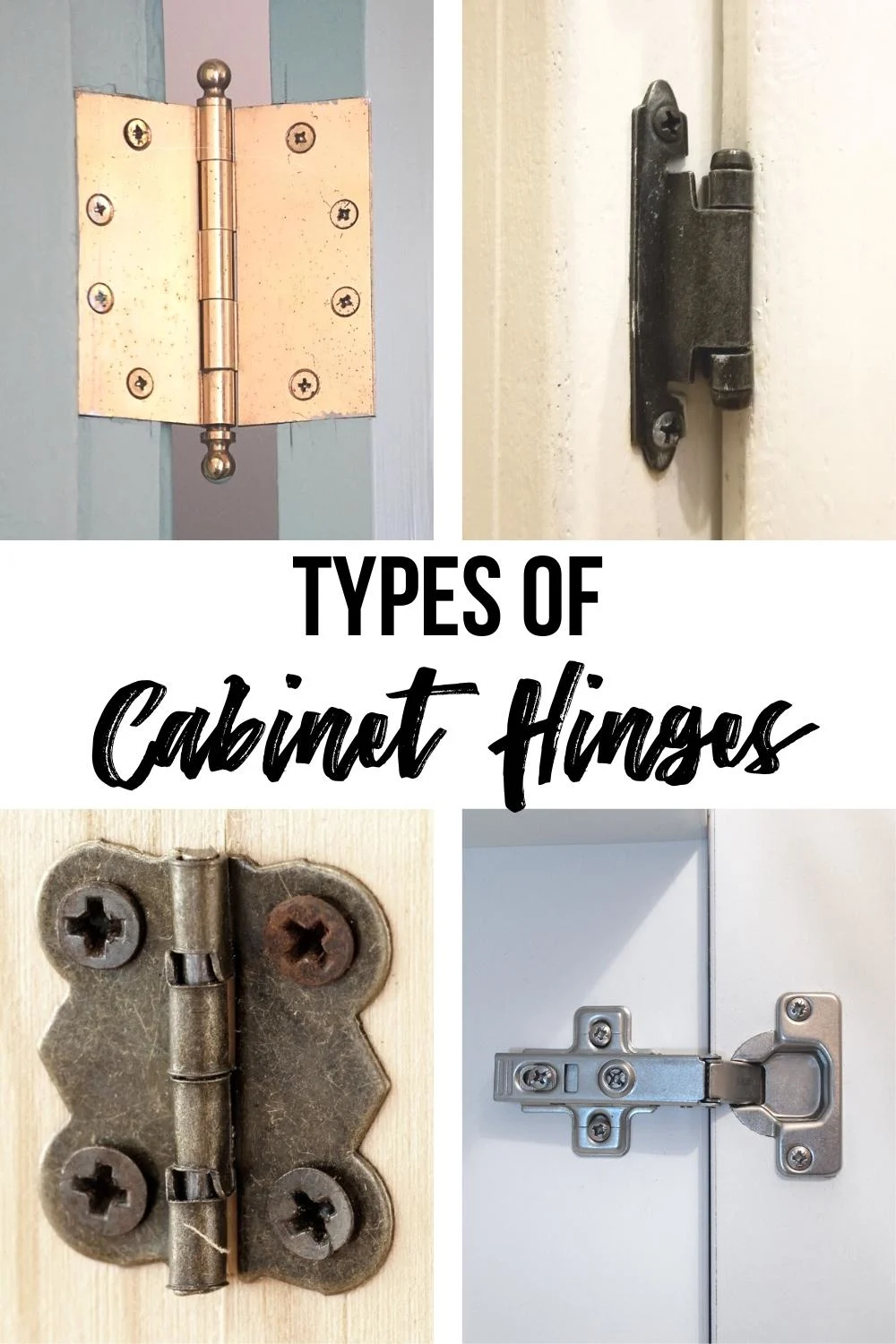
Choosing the right types of cabinet hinges can seem like a challenging task. There are so many different options available at the home improvement store!
The type of hinge you use for your cabinet door can have a big impact on the feel and function of your home. I've done all of the research for you and put together this handy guide on what type of hinge works best in different situations.
This guide will take you through all the different cabinet hinge types, their pros and cons, as well as special features like soft-close. Let's get started!
This post contains affiliate links for your convenience. Purchases made through these links may earn me a small commission at no additional cost to you. Please visit my disclosures page for more information.
Overlay vs inset cabinet hinges
Before choosing a hinge type, it helps to know what kind of cabinet box you have and what type of cabinet door you're using. Check out my guide to the parts of a cabinet to help you identify your specific cabinet construction.
If you have face frame cabinets, you have a wider range of choices when it comes to hinges. For frameless cabinets, you're typically stuck with full overlay doors and hinges.
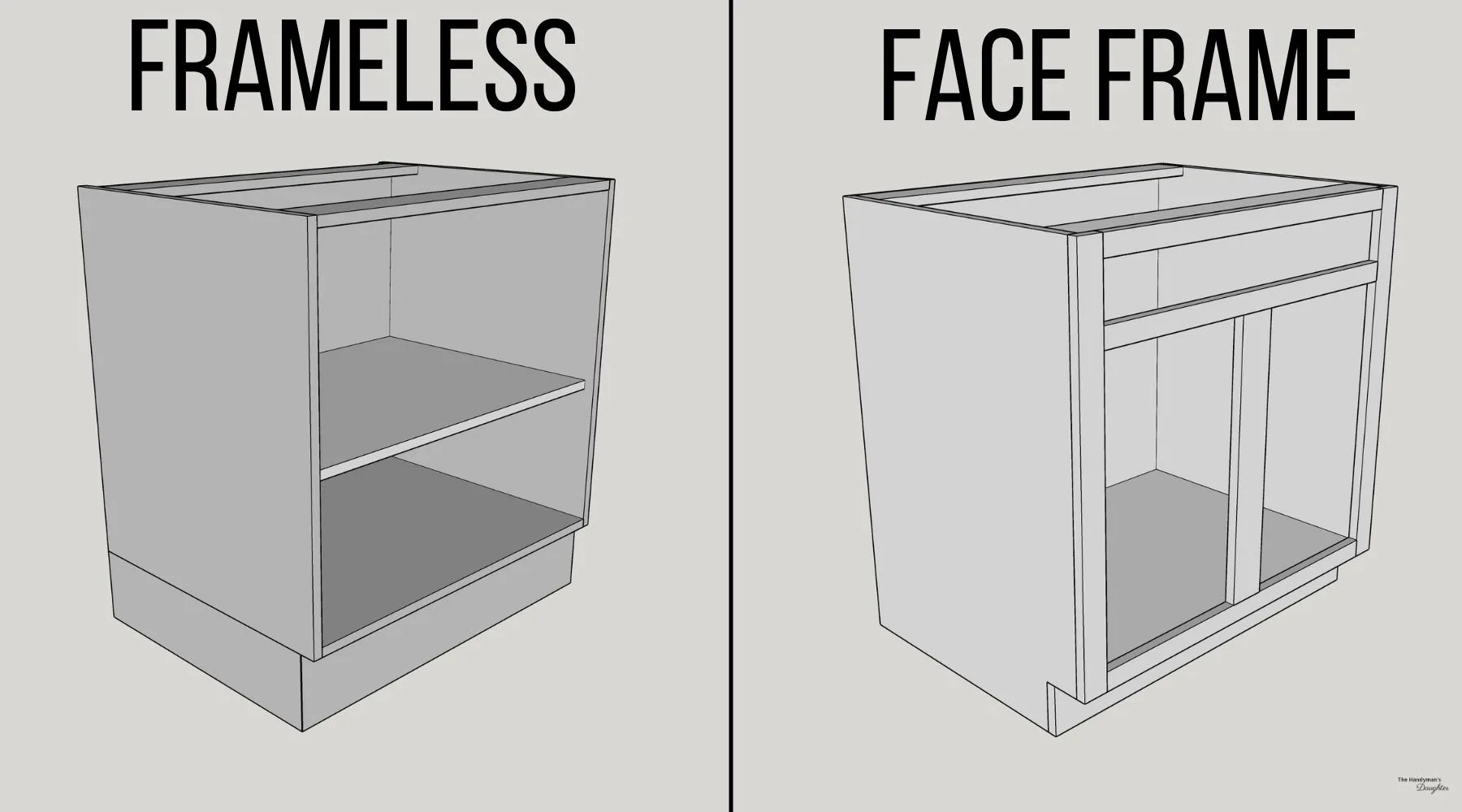
Overlay doors sit on top of the opening and cover up some or all of the face frame or cabinet edges. Partial overlay doors, like the ones shown below, allow you to see the face frame around the doors. A full overlay door leaves just a small reveal visible around the outside edge.
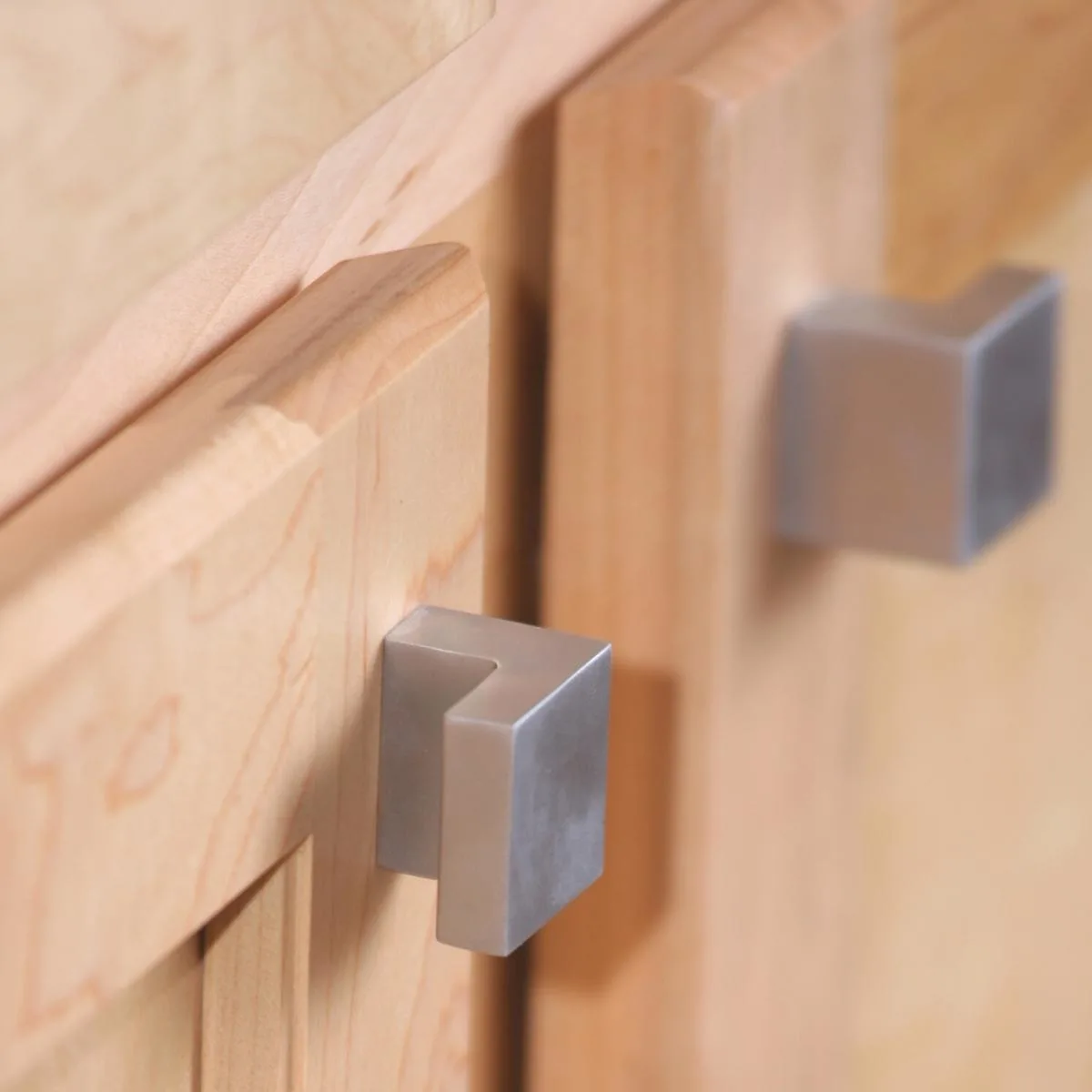
Inset doors are mounted inside the face frame opening with a small gap all the way around.
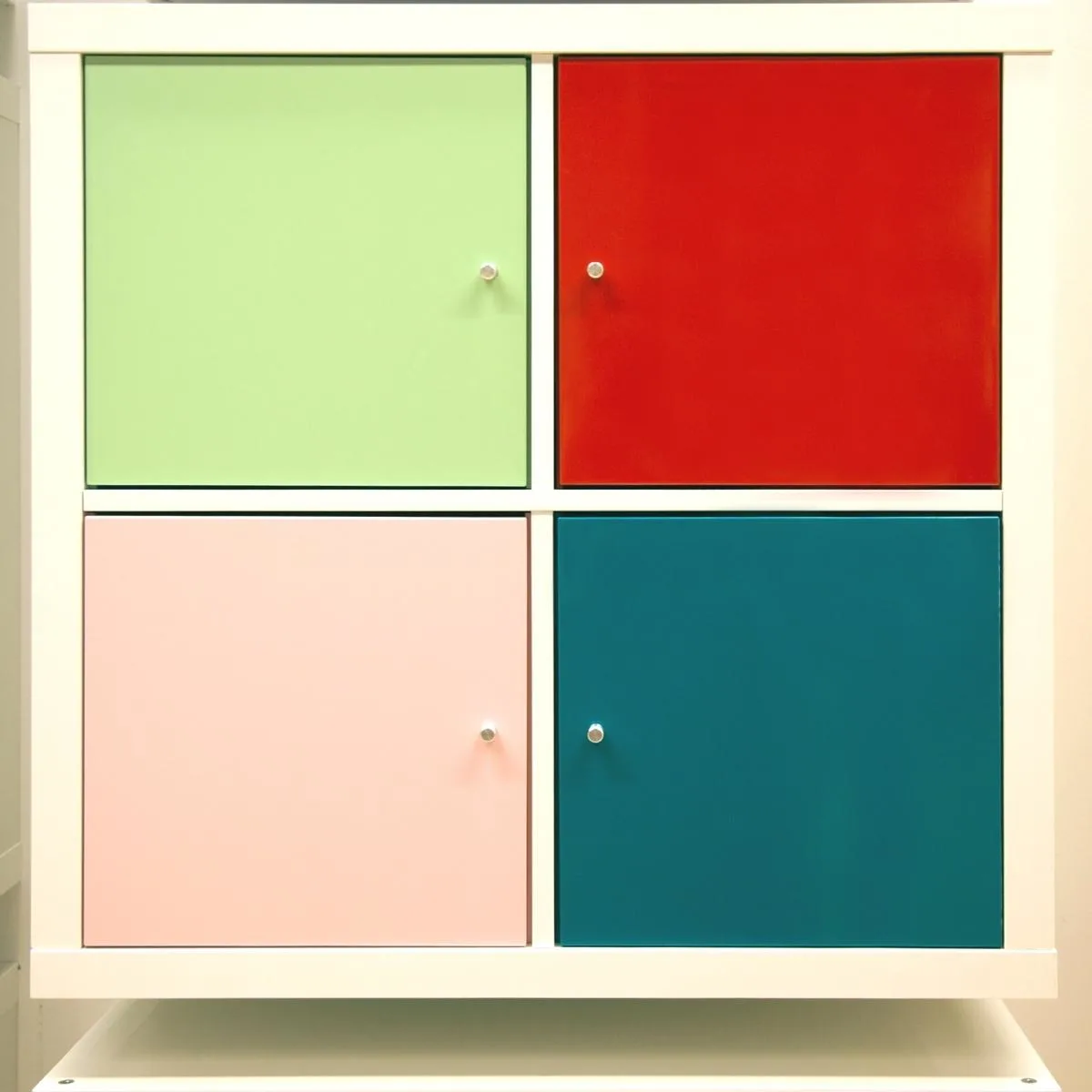
Make sure you read the description of the hinges you're thinking of using, and check that it will work properly with your cabinet and doors.
Cabinet hinge parts
Before we learn all the different styles, it’ll help to know the different parts of a hinge first. There are two distinct types of cabinet hinges that work in different ways.
Concealed hinge
This type of hinge is most commonly found in kitchen cabinets. None of the hinge parts are visible when the door is closed.
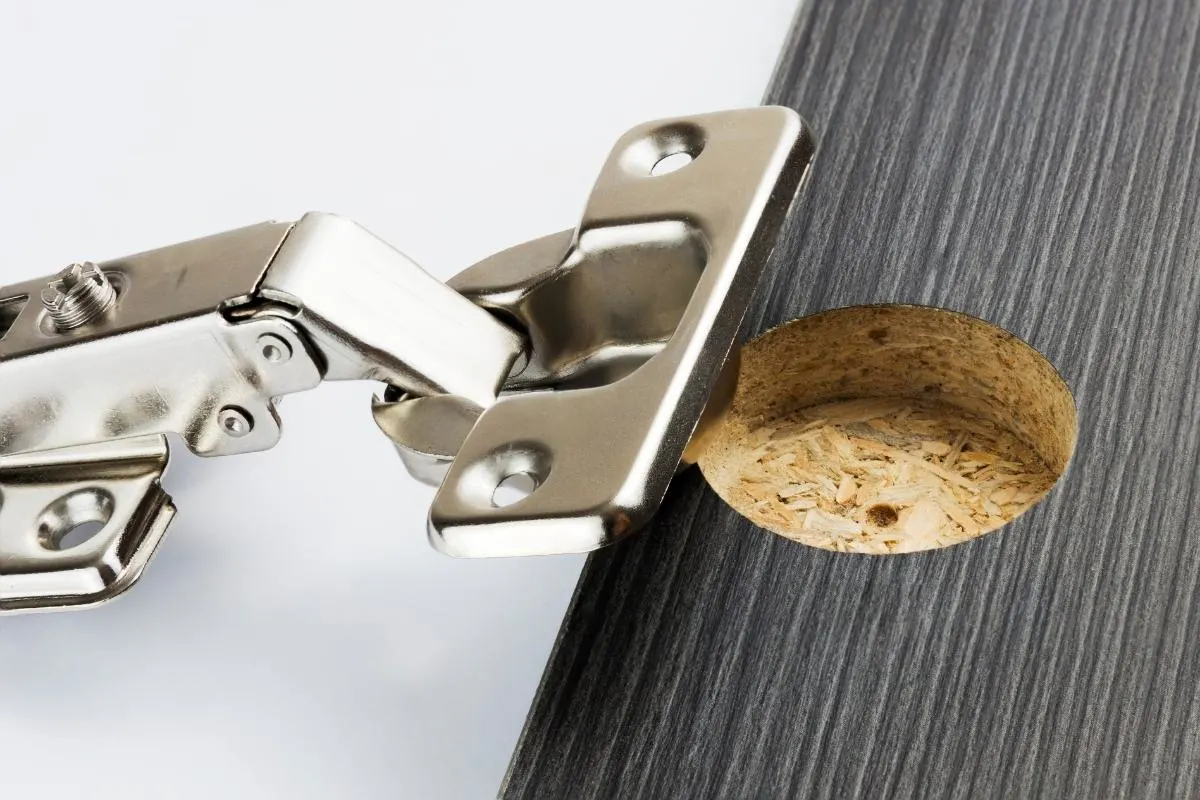
- Cup. The cup fits within a recess in the cabinet door.
- Mounting plate. Attaches to the frame or inside of the cabinet.
- Adjustment screws. Allows you to fine-tune your door's position.
- Hinge arm. Comparable to the "knuckle" on the traditional cabinet hinge.
- Quick-release tab. Allows you to detach and reattach the door without unscrewing the hinge.
Traditional door hinge
These surface mount hinges are typically seen on interior and exterior doors, as well as cabinetry.
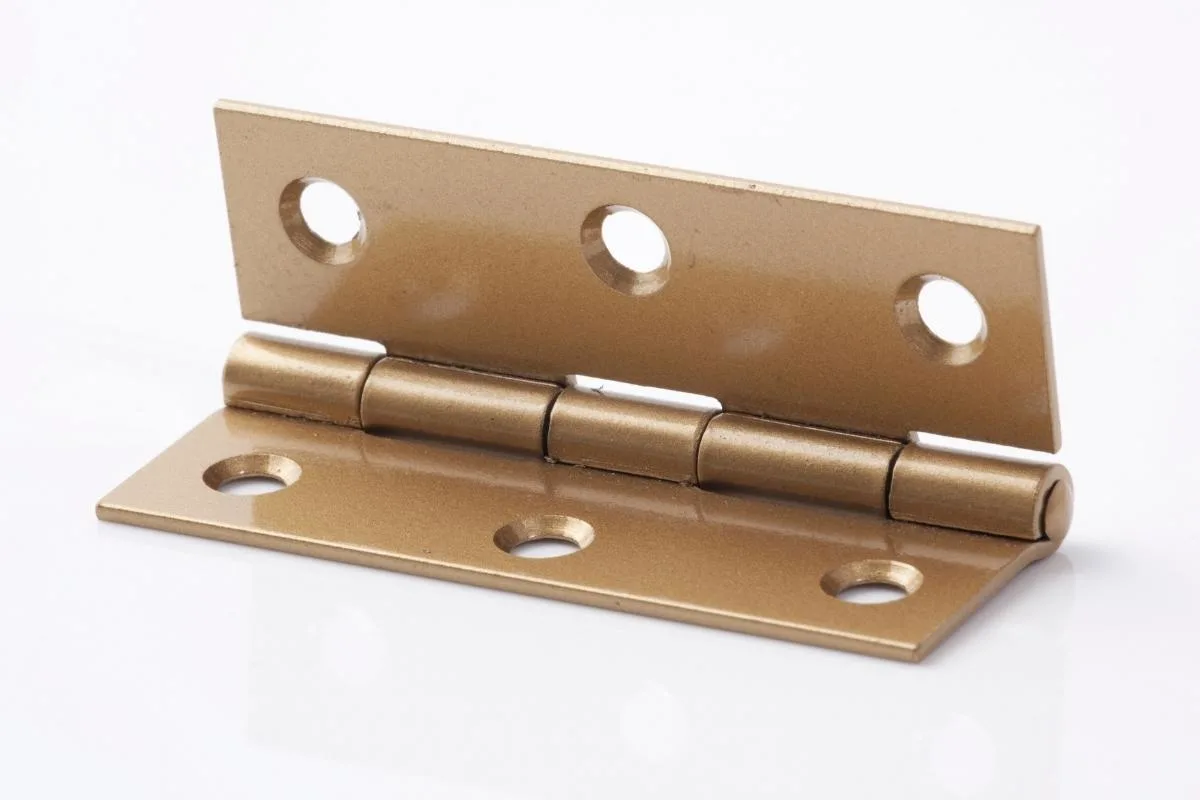
- Knuckle. This is where the two parts of the hinge come together and pivot.
- Pin. The pin runs through the knuckle. It's sort of like an axle on a wheel. Sometimes this pin is removable to separate the two halves of the hinge without removing it from the door.
- Door wing. Sometimes called the leaf or hinge plate, this part of the hinge connects to the door.
- Cabinet wing. The side of the hinge that connects to the cabinet.
Common types of cabinet hinges
In this section, we'll cover several types of hinges. These hinges are some of the most common options for homeowners and the ones you'll likely encounter at the hardware store.
European or concealed hinges
The European hinge comes in many different forms and may have different names ("cup" hinge, Euro-style, or concealed). Not only is the European hinge fully concealed inside the cabinet, but it also allows for easy adjustments for perfect spacing around the door.
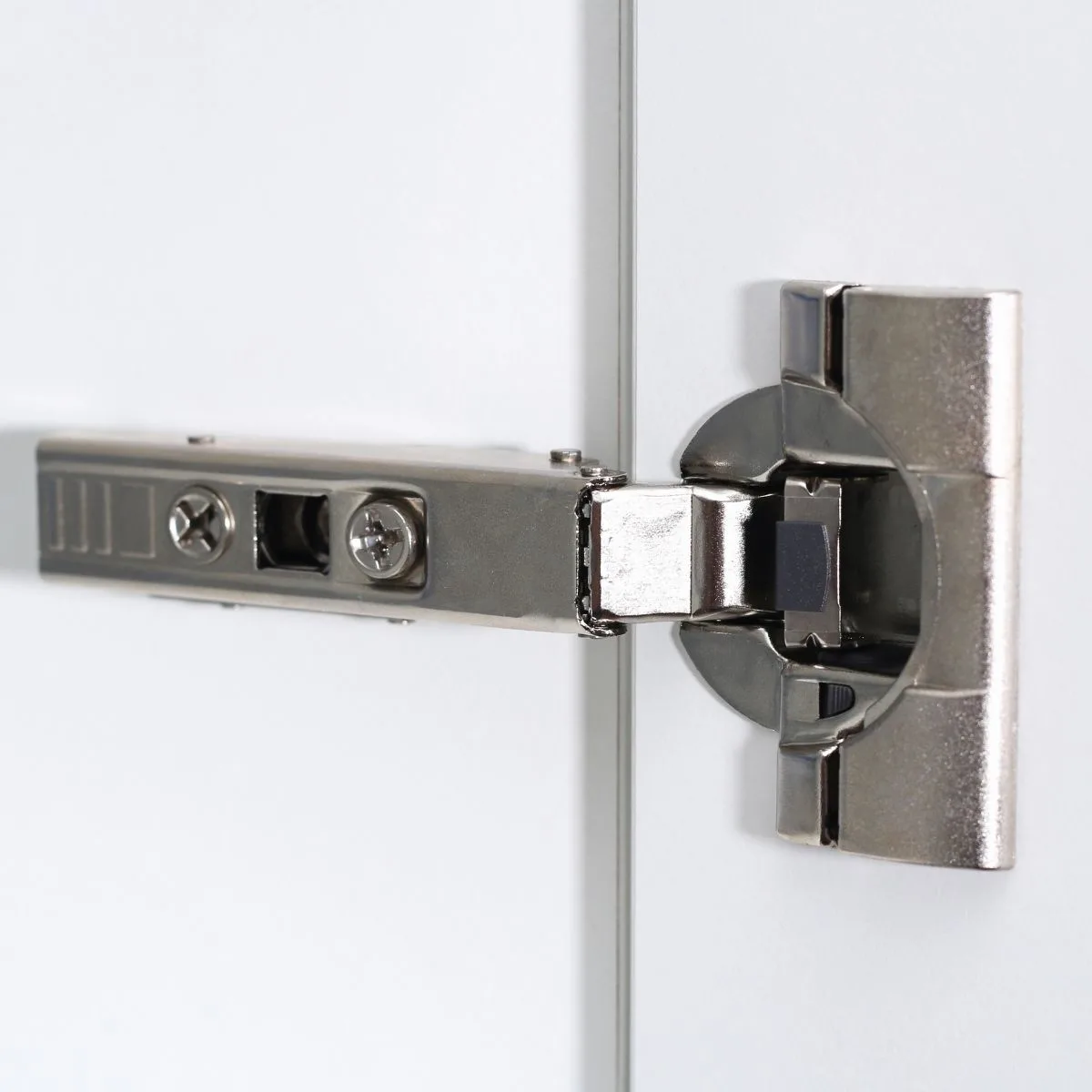
You can buy concealed hinges for inset doors as well as overlay doors. Make sure your hinge matches the type of cabinet door you're using, because the arms and mounting plates will be different for each type.
Concealed hinges are often fitted with special features such as soft-close, which prevents the door from snapping shut. There's a catch mechanism inside the arm that slows down the door automatically a few inches before it fully closes.
You can find the step by step instructions for installing cabinet hinges like these here. The video below shows you how to use a concealed hinge jig to drill the cup holes for Euro-style hinges at the correct depth on the door.
Butt hinges
Butt hinges might also be called "traditional" hinges. It has two flaps connected together with a barrel between them.
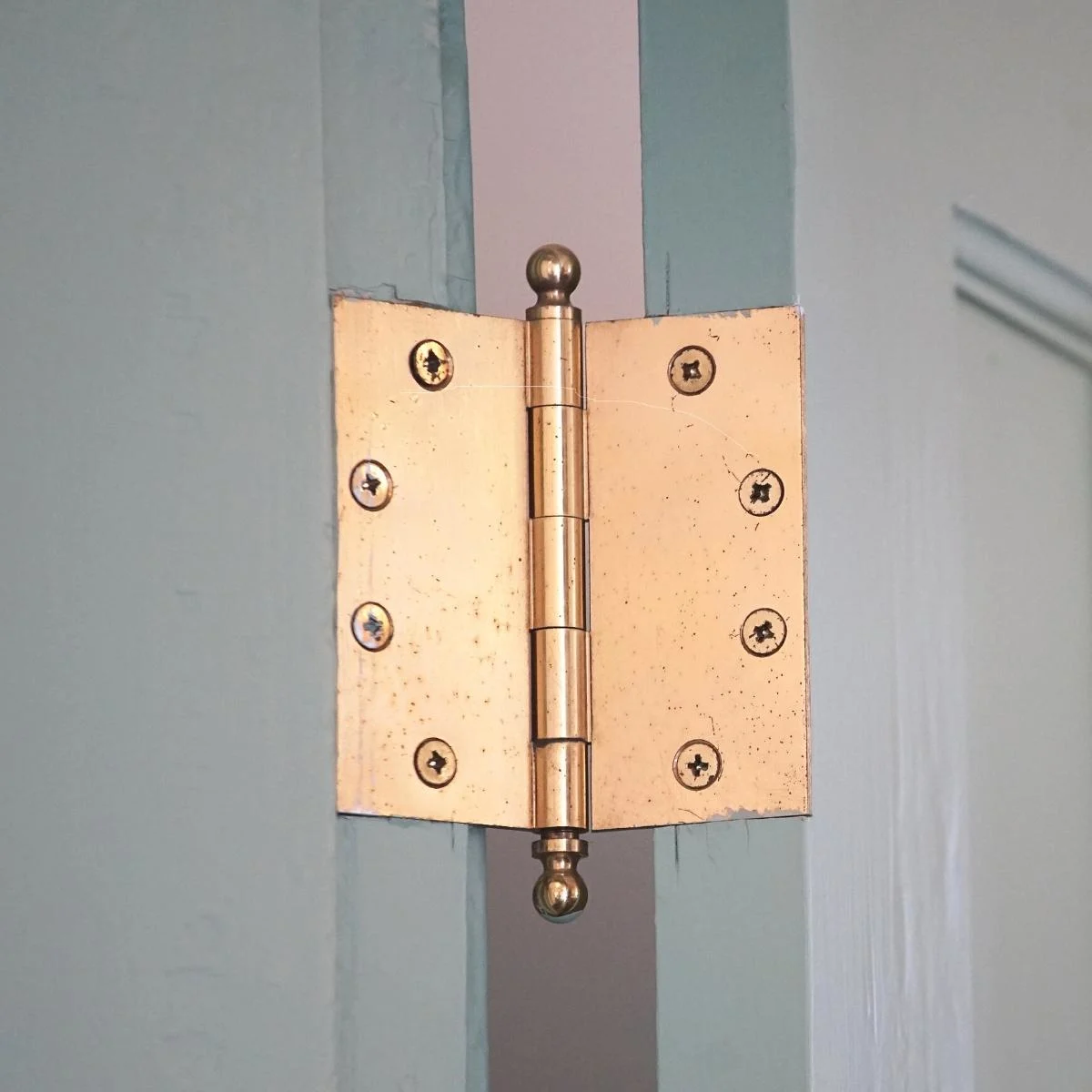
The butt hinge attaches to the inside edge of the door. Only the knuckle part of the hinge is visible with the cabinet closed.
In order for the door to close flush against the cabinet, you need to cut a mortise in both the door and the cabinet frame. The two sides of the hinge sit inside this recess, so the cabinet door sits flat against the face frame.
Semi-concealed hinges
Semi-concealed hinges work the same way as butt hinges, but they're more visible from the outside.
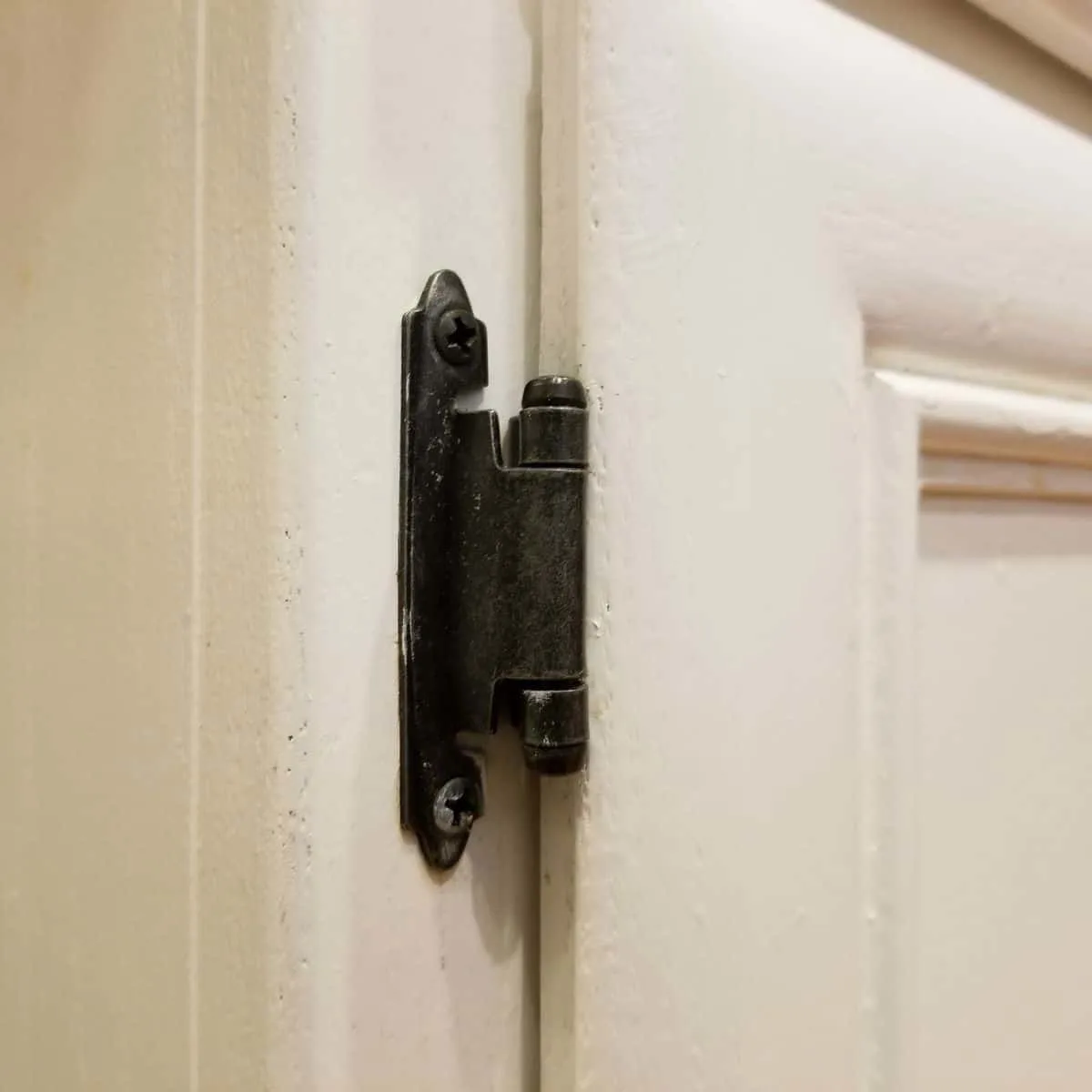
These surface mount hinges will have one wing exposed on the outside of a frame of the cabinet. Usually, the exposed hinge has a decorative design, and the hidden part is just a basic rectangle.
Non-mortise hinges
Remember what we said about butt hinges? Usually, you must cut out a small recess (mortise) for the hinge to fit.
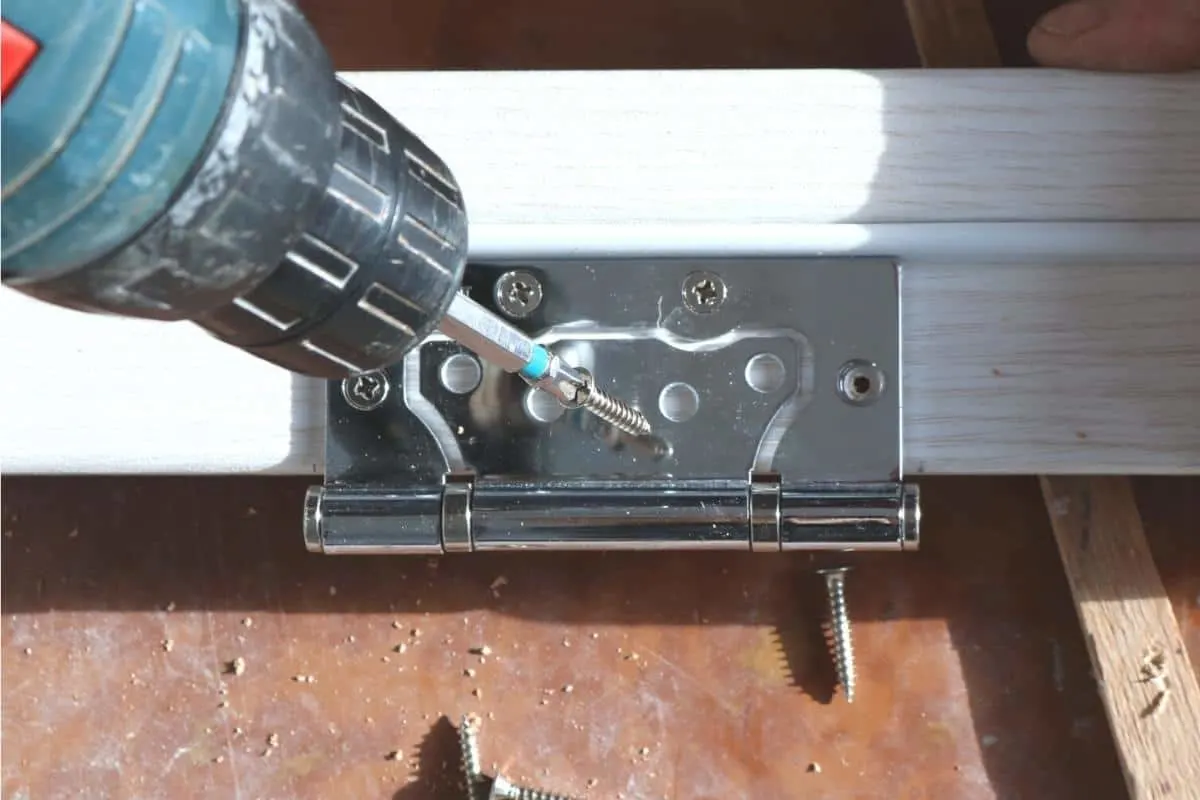
With a non-mortise hinge, you don't need to cut out the recess. The hinge itself has a cutout that allows one wing to fit within the other, so the cabinet door rests flush when it's closed. A nice little feature if you don't want to break out the chisel!
Piano hinge
The piano hinge gets its name from the lid over piano keys. Basically, this is a super long butt hinge! Some people might choose these hinges for a tall cabinet or a storage box with a lid.
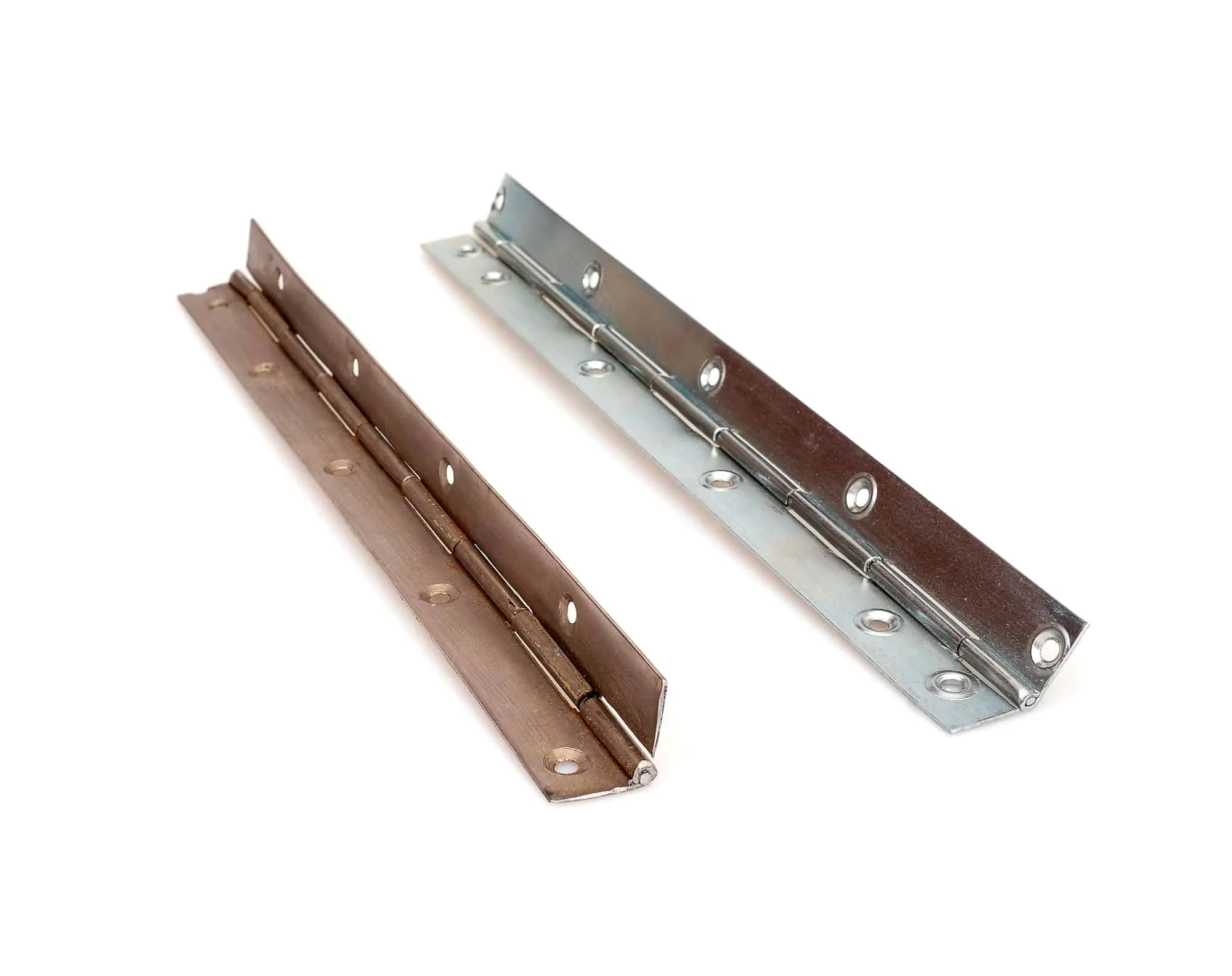
Butterfly hinge
These visible hinges have both wings exposed in full view on the outside of the cabinet. The knuckle is positioned over the gap between the face frame and the door, making this ideal for inset cabinet doors.
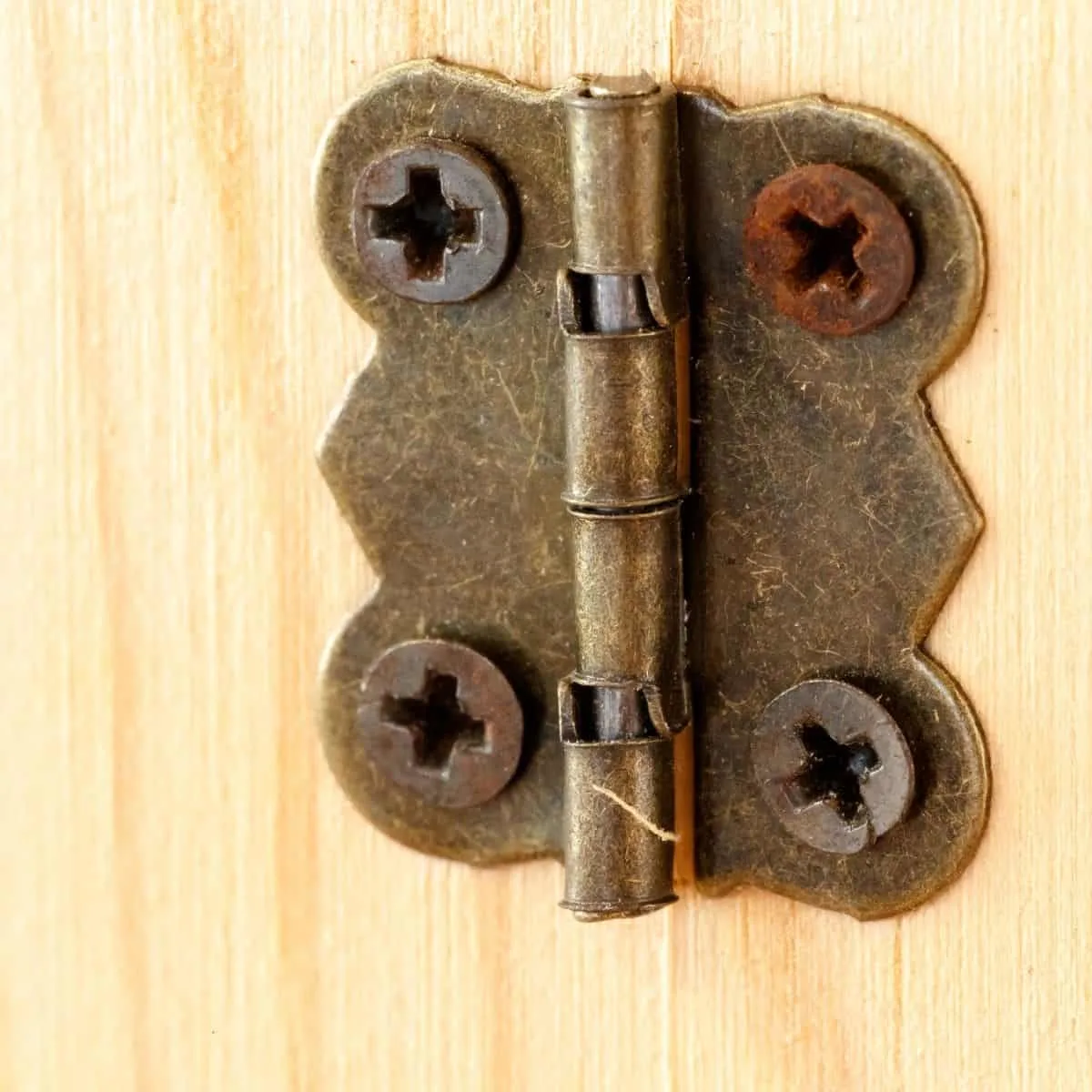
Obviously, the name comes from this hinge looking like a butterfly! This decorative hinge will give your kitchen a cozy, farmhouse-ish feel. They are simple and elegant when installed properly.
Strap hinge
Strap hinges are most commonly seen in outdoor applications such as gates, but can also make a statement in a farmhouse style kitchen.
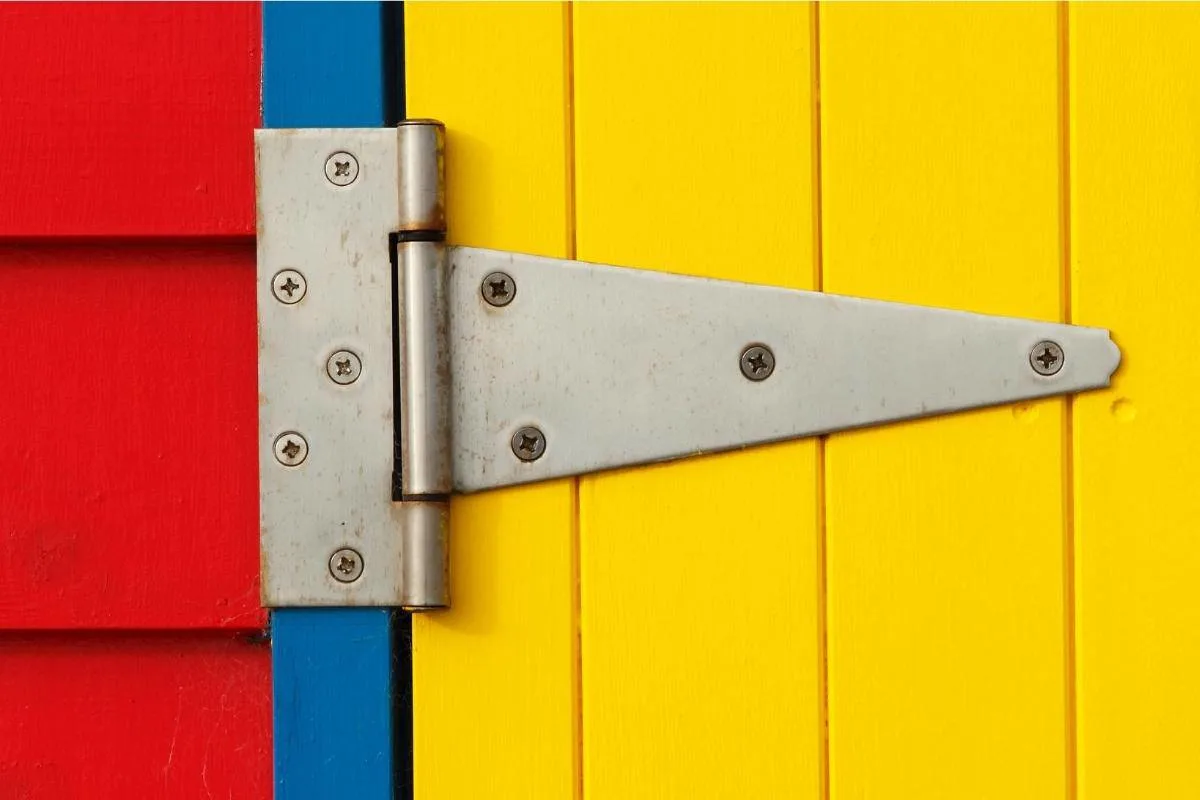
Both sides of the surface mounted hinge are visible, with one long "strap" that attaches to the front of the door. Because the weight of the door is more evenly distributed over the larger wing, these cabinet doors will be less likely to sag over time.
Specialty hinges
Sometimes, you need a special type of hinge to get the job done. Here are a few of the more unique cabinet door hinges:
- SOSS invisible hinge. These things are almost like a car door hinge. SOSS hinges close into the door, making them perfect for hidden doors like bookcases.
- Knife hinge. It opens and closes like a jackknife. The knife hinge fits on the top and bottom of the door, so it pivots on a pin.
- Barrel hinge. Instead of two wings, there are two barrels on either end. The barrels are inserted into a recess on either side, so the only exposed piece is the hinge itself. These are more common on smaller items like jewelry boxes.
- Overhead bin hinge. These hinges have a strong spring that holds the cabinet door open. Overhead bin hinges are common with cabinets that open up and down. They're commonly paired with a gas strut that keeps the door open while you retrieve the contents inside.
Also, you might be interested in the sliding barn door style. You can check out my article and the video below on how to install bifold cabinet doors. These things look like rolling barn doors, but they fold up as they open like a bifold door!
Cabinet hinge features
There are a few special features found on some cabinet door hinges that make life easier. Have you ever walked into your kitchen to find that every single cabinet is open? Did the early riser in your family wake you up by slamming the cabinet door again?
Here are several cabinet hinges that will help:
- Self-closing hinges. The self-closing hinge will automatically pull itself closed. The mechanism is either spring or hydraulic activated, so a slight tap of the door will activate the self-closing feature.
- Soft closing hinges. While self-closing cabinet hinges are nice, they can be loud when they snap shut. Soft close hinges catch a quickly closing door at the last couple of inches, then slowly close the rest of the way.
- Limited swing. If you have a cabinet near a wall or an appliance, you probably don't want the door constantly smacking into it. Many hinges will limit the opening radius, preventing damage to nearby objects.
- Wide angle swing. Most concealed hinges swing out 110 degrees, which is perfect for most cabinets. But if you have a pull-out tray inside the cabinet, you'll need the doors to swing out past the sides. Wide angle hinges of 155 degrees or more will allow the drawer slides plenty of room to move.
Now that you know the different types of hinges, which one are you going to choose for your next cabinet project?

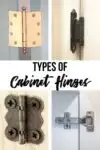
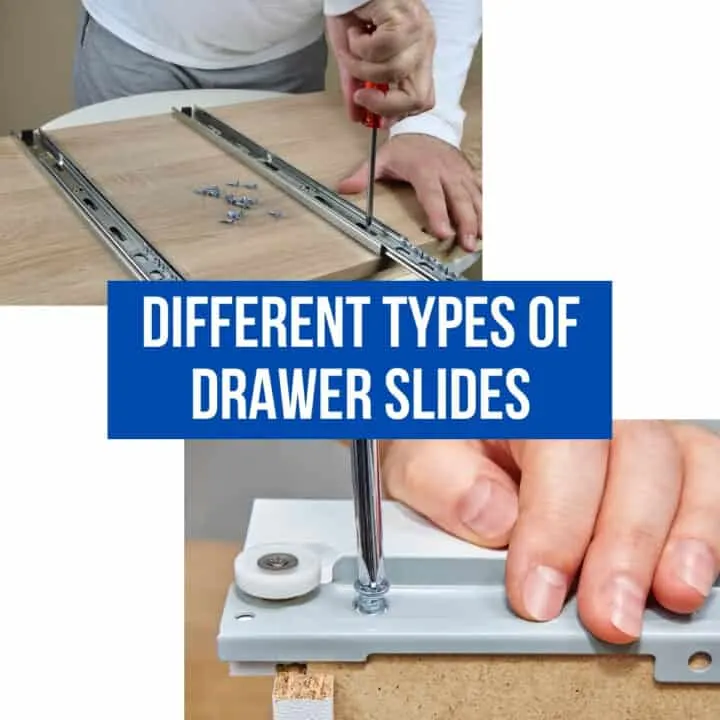
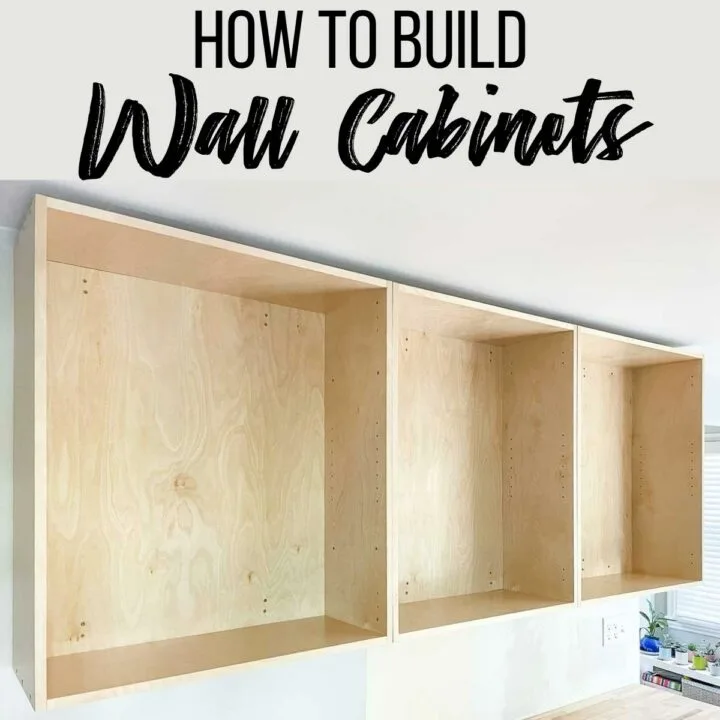
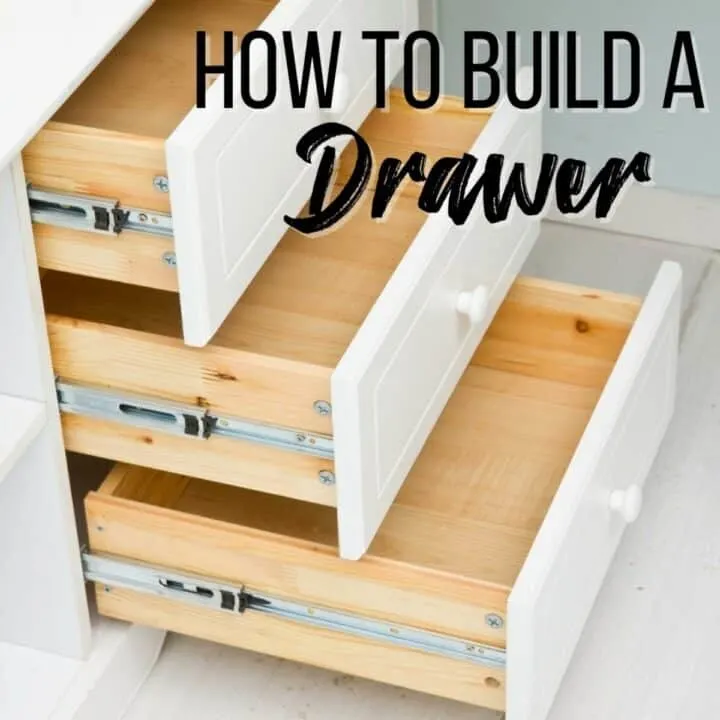
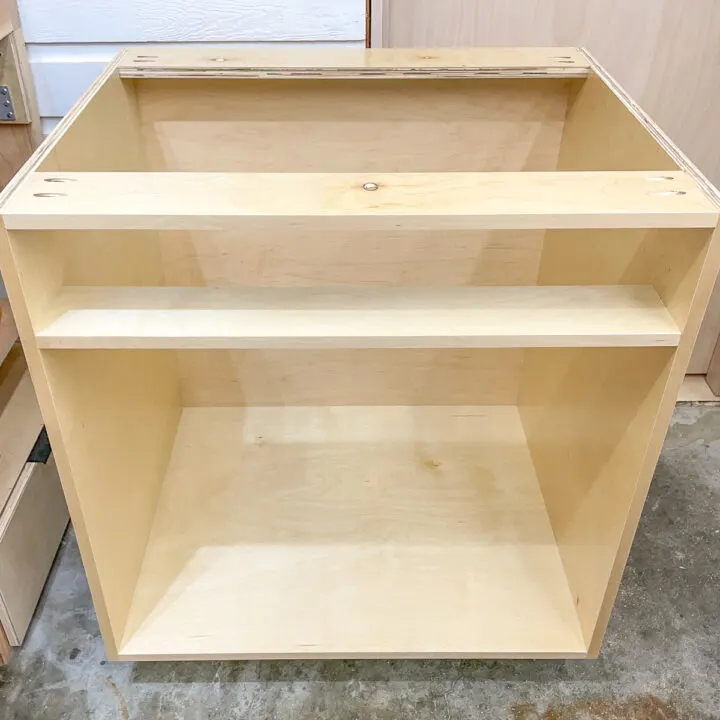
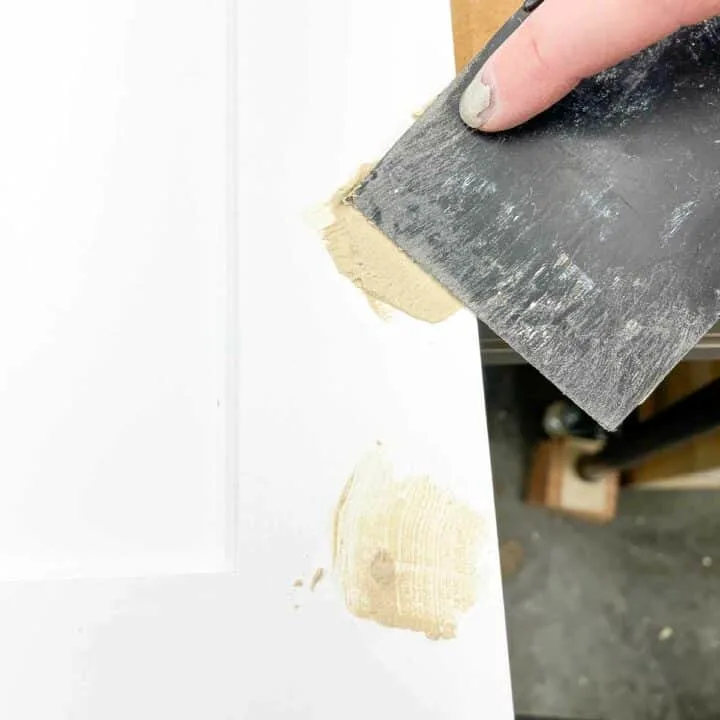
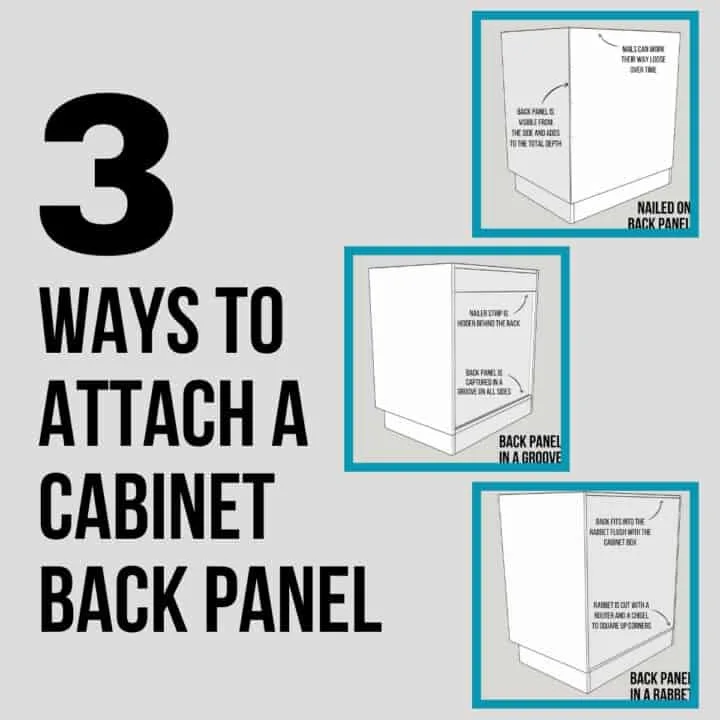
Mary Bejot
Wednesday 30th of March 2022
My old cabinet doors are overlay style but the inside of the door is inset by 1/4" or so. I want to replace the hinges that accommodate that ridge. I don't know what to order or ask for.
Vineta Jackson
Wednesday 30th of March 2022
Are the current hinges on the ridge, or the flat frame around the door? An inset panel in the middle of the door shouldn't affect the hinges, so you can order them based on the type of cabinet construction you have (frameless vs face frame).